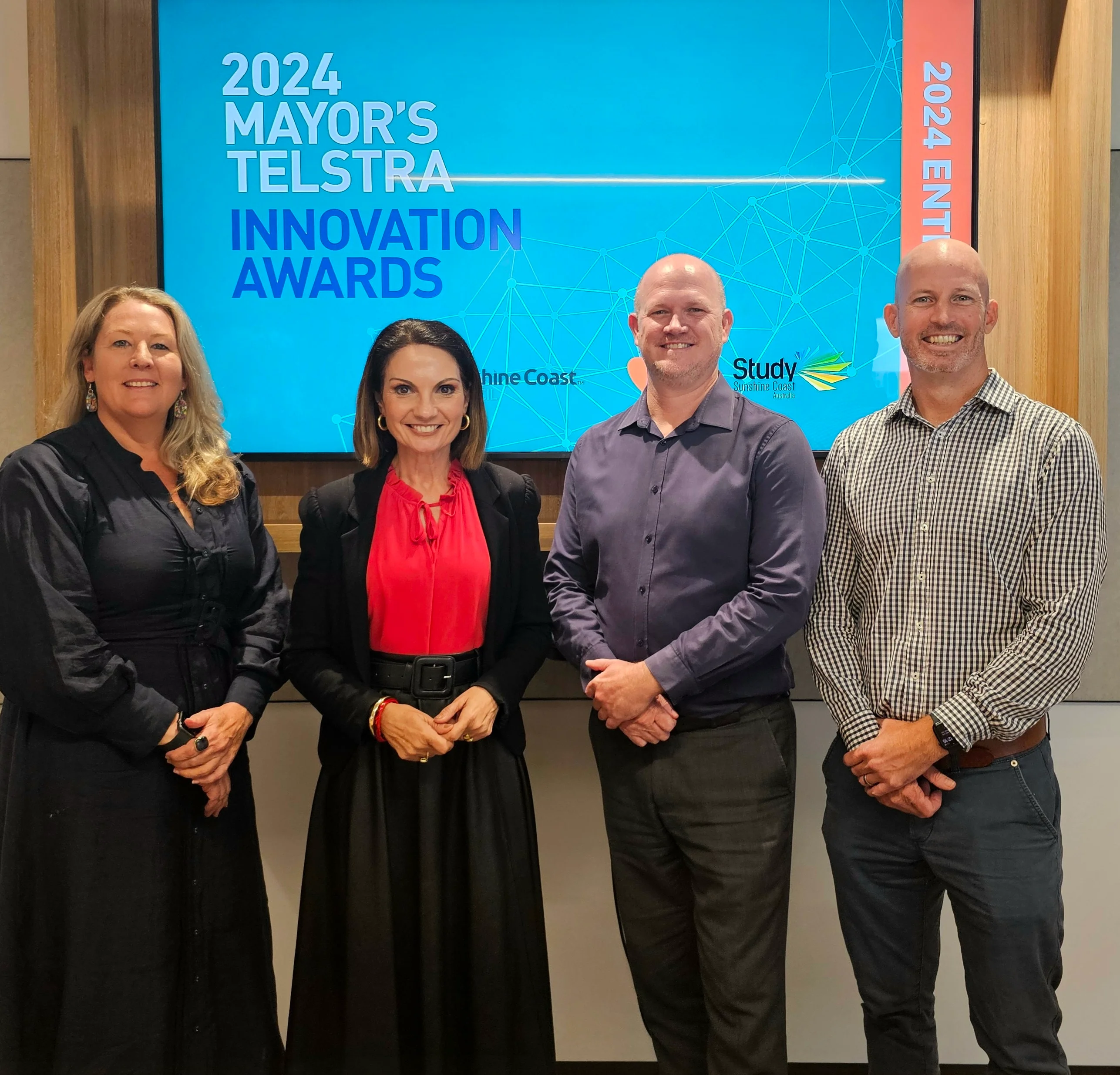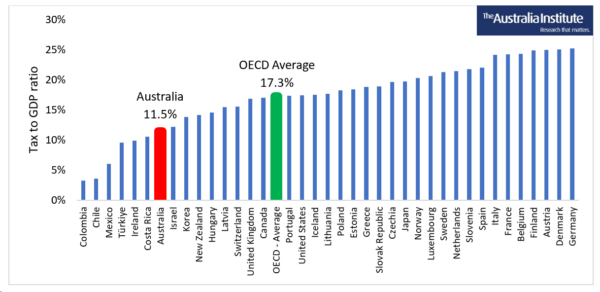In the past two years people world-wide have experienced many changes in how they live, work and move around cities.
While some of these changes were temporary, in response to the immediate health risk posed by the global pandemic and associated government-mandated safety restrictions, others have proven more enduring.
In our fifth Industry Report, Urban Mobility Trends August 2022 we surveyed thousands of people across Melbourne, Sydney, Brisbane, the Greater Washington Area and Montreal about a broad range of factors influencing mobility including working arrangements and transport preferences.
The research tells us that:
- Most people expect to travel into their workplace around 3.5 days a week
- 24% of respondents have changed the way they commute to work, with most of them switching from public transport to private vehicles
- 77%+ of respondents expect to use private vehicles at least several times a week in the next 12 months
- Most people expect their transport use to stay the same over the next 12 months, with slight increases expected on public transport
- 70%+ of respondents have the option to work flexibly to avoid peak traffic times, and the majority of those take up the option to work flexibly (at least a few times a month) to avoid peak traffic times.
- Most people do not consider, or only occasionally consider, the price of fuel when making short trips or commuting. The price of fuel has the greatest impact on planning for long trips across all surveyed cities.
The report also includes information on other topics such as people’s access to private vehicles, what influences their transport decisions, and awareness and attitudes towards funding transport infrastructure. Read the full report, and check out findings from earlier reports.








